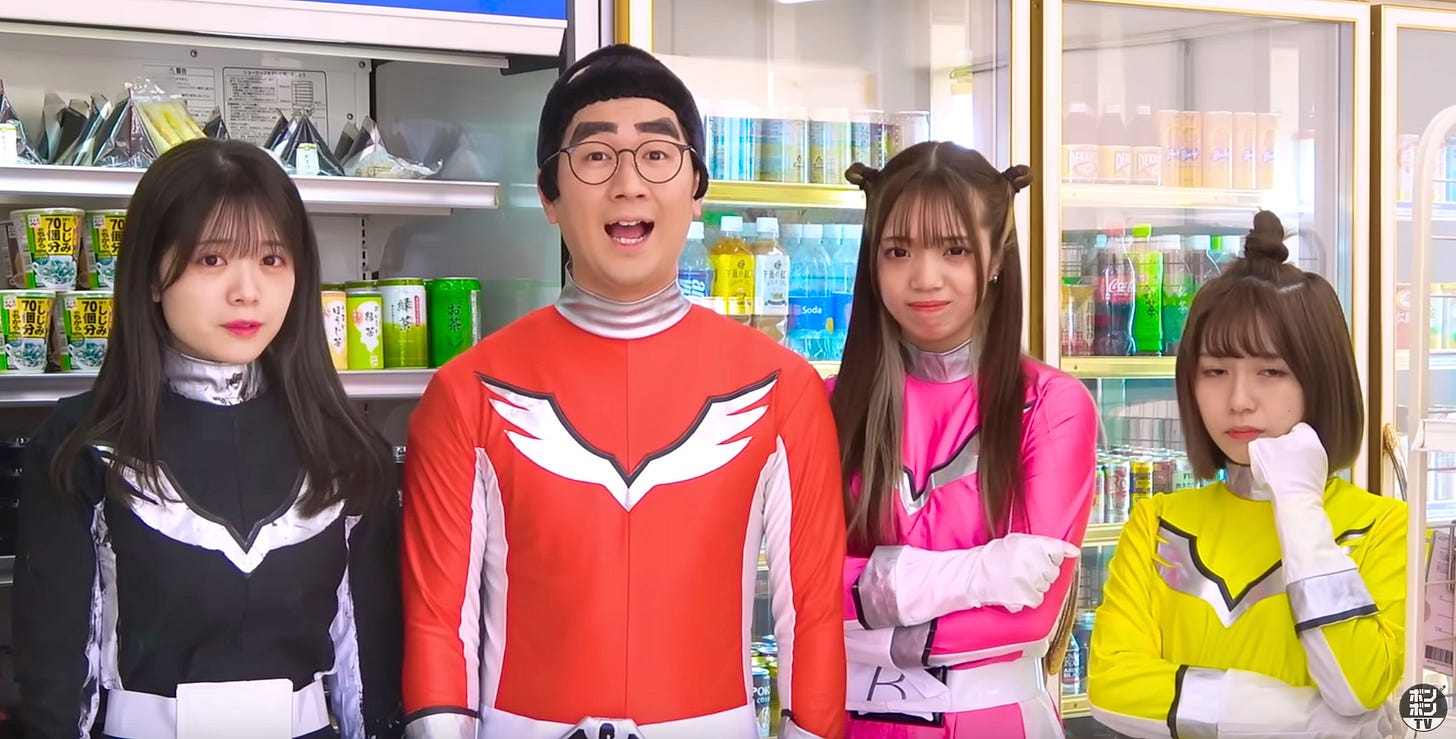Konbini: the life-changing Japanese magic of convenience stores
Those placid, inviting shelves are a battleground in disguise.
I went on the Japan Eats podcast last week (Spotify, Apple). Please give it a listen! This was exciting to me for several reasons, not least of which because, hey, I’m someone who eats. But mainly because I wanted to talk about something that few visitors to Japan, or even residents, seem to notice. Right…
Keep reading with a 7-day free trial
Subscribe to Matt Alt's Pure Invention to keep reading this post and get 7 days of free access to the full post archives.



